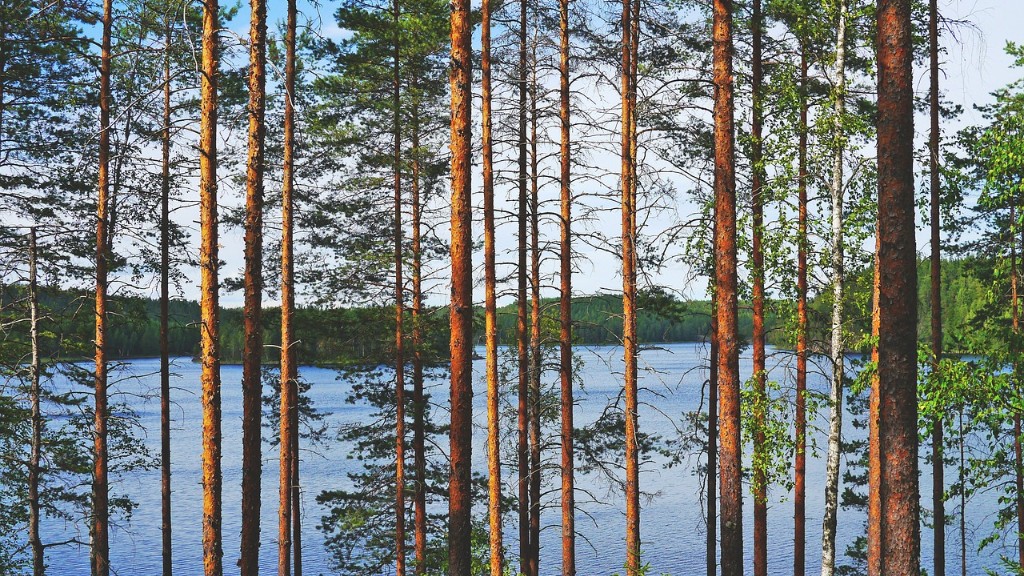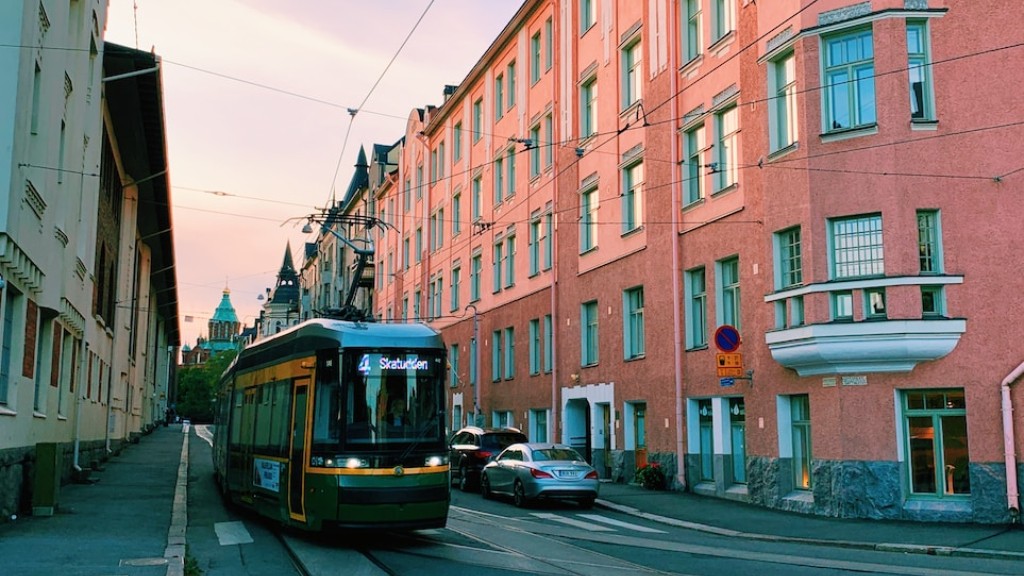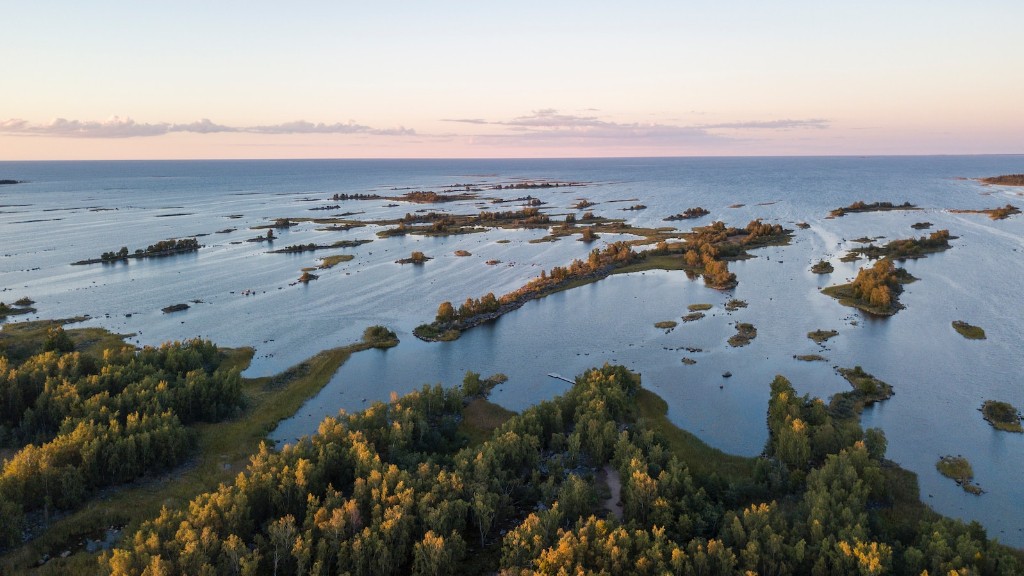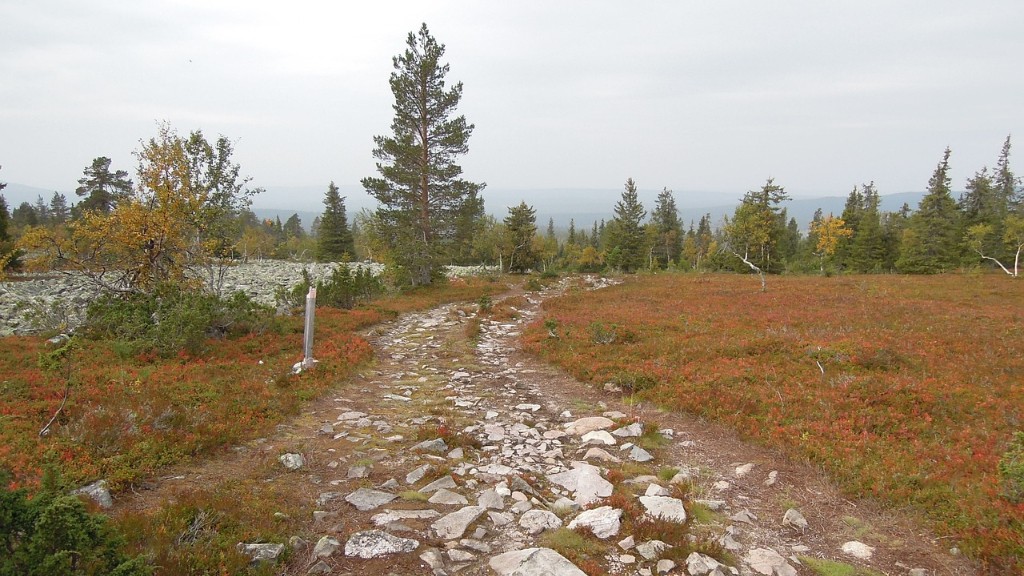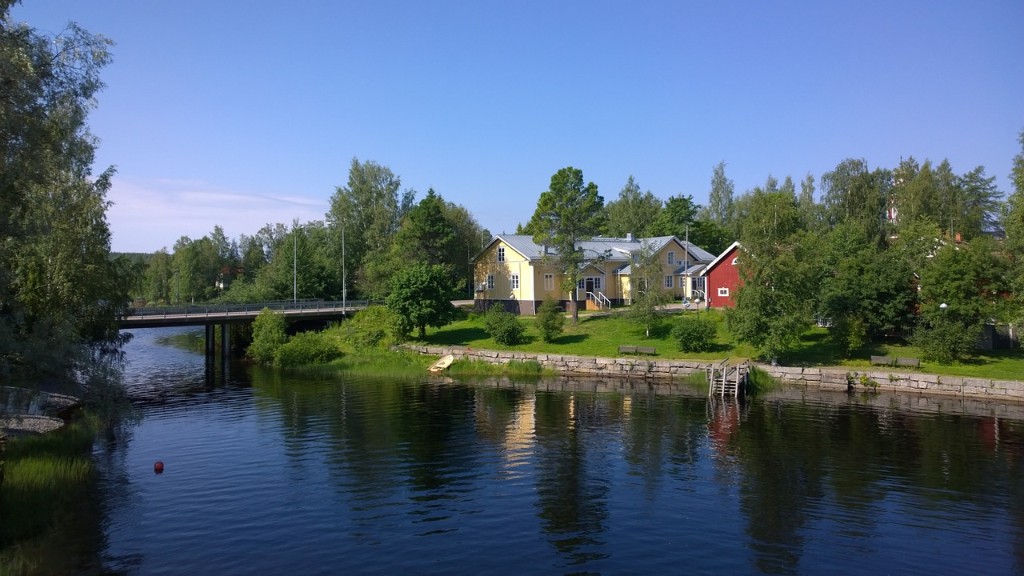Does Finland Have More Saunas Than Cars?
When you think of Finland, you may envision serene lakes, captivating northern lights, and a population passionate about saunas. Finnish saunas have gained worldwide fame, but is it true that Finland has more saunas than cars? Let’s delve into this unique cultural phenomenon and explore the deep connection that Finns have with their saunas.
Background Information
Saunas hold a special place in Finnish culture and are deeply ingrained in the lives of its people. For centuries, saunas have been an integral part of Finnish homes, serving as a space for relaxation, socializing, and even conducting important discussions. The Finnish sauna tradition dates back to ancient times, reflecting the country’s deep respect for nature, simplicity, and a desire for self-reflection.
Relevant Data
According to the official statistics, Finland indeed boasts a remarkable number of saunas. With its population of approximately 5.5 million people, there are an estimated 3.3 million saunas in Finland. It means that there is nearly one sauna for every two people, a remarkable ratio that showcases the sauna’s significance in Finnish society.
Perspectives from Experts
Experts believe that the Finnish love for saunas stems from a deep-rooted connection with nature and a desire for solitude. Professor Pekka Gronow, an expert on Finnish culture, elaborates, “Saunas have always been a refuge for Finns, a place where they can reconnect with themselves and escape the hustle and bustle of modern life.” The sauna serves as a sanctuary, offering Finns a space to unwind, meditate, and even solve problems.
Insights and Analysis
Finns see the sauna not merely as a physical space but as an integral part of their identity. Many families have their own private saunas, both in urban and rural areas, ensuring they can enjoy this cherished experience whenever they desire. Saunas are also found in public spaces, such as schools, offices, and even parliament buildings, underlining its significance in various aspects of Finnish life.
This strong connection to saunas has led to the notion that Finland may have more saunas than cars. While the exact number of cars in Finland is difficult to ascertain, the Finnish Transport and Communications Agency states that there were around 2.7 million vehicles in the country in 2020. Comparing this figure to the estimated number of saunas, it becomes apparent that the sauna culture in Finland is truly exceptional.
A Love for Nature
Finland’s abundance of pristine lakes, lush forests, and unspoiled landscapes has fostered a deep love for nature among its people. Saunas offer a unique way to connect with nature, as traditional saunas are often located near lakes or surrounded by the serene Finnish wilderness. This proximity to natural beauty enhances the sauna experience, allowing Finns to immerse themselves in a tranquil environment while cleansing their bodies and refreshing their spirits.
The close association between saunas and nature is also reflected in the traditional practice of “avantouinti,” which involves taking a dip in ice-cold water after spending time in the sauna. Finns believe that immersing themselves in icy water improves blood circulation, boosts the immune system, and invigorates the mind. This combination of contrasting sensations, hot and cold, further heightens the sensory experience of sauna-going in Finland.
A Social Ritual
Aside from its connection to nature, the sauna is a cherished social ritual that brings families, friends, and even colleagues together. It serves as a neutral space where people can relax, bond, and engage in meaningful conversations. The egalitarian nature of saunas is an essential aspect of Finnish culture, as everyone is equal in the sauna, regardless of their background or social status.
Moreover, saunas play an essential role in Finnish business culture. Many business deals and negotiations take place in saunas, as the relaxed and informal setting provides an opportunity to build trust and strengthen relationships. It is not uncommon for Finns to discuss important matters while enjoying the warmth and comfort of a sauna session.
Health and Well-being Benefits
Beyond its cultural significance, saunas also offer numerous health benefits. Regular sauna bathing is believed to aid in relaxation, stress relief, and the alleviation of various health conditions. The dry heat of Finnish saunas helps cleanse the skin, open pores, and promote sweat, which can have a positive impact on overall cardiovascular health.
Furthermore, saunas are considered a place for mental rejuvenation and introspection. Many Finns view the sauna as a sanctuary for improving mental well-being and battling seasonal affective disorder during long, dark winters. The sauna’s soothing environment, together with the release of endorphins during sauna bathing, contributes to a sense of calm and contentment.
Preserving Tradition in Modern Times
Despite the rapid modernization and globalization of Finnish society, the sauna tradition remains strong. It has adapted to contemporary lifestyles, with the availability of electric and portable saunas. These modern saunas allow Finns to recreate the authentic sauna experience within the confines of their apartments or even on-the-go.
While the number of saunas is still in abundance, Finland’s love for cars has also grown in recent years. As more Finns acquire vehicles, the gap between the number of saunas and cars may be closing. Nevertheless, the deep-rooted cultural significance of saunas ensures that they remain an essential part of Finnish identity and something that Finns truly treasure.
